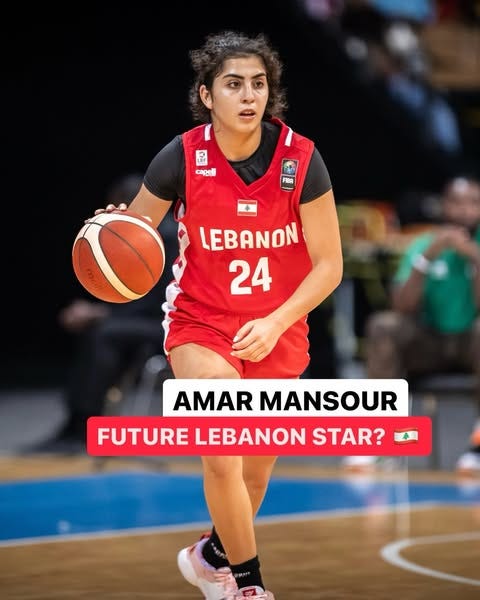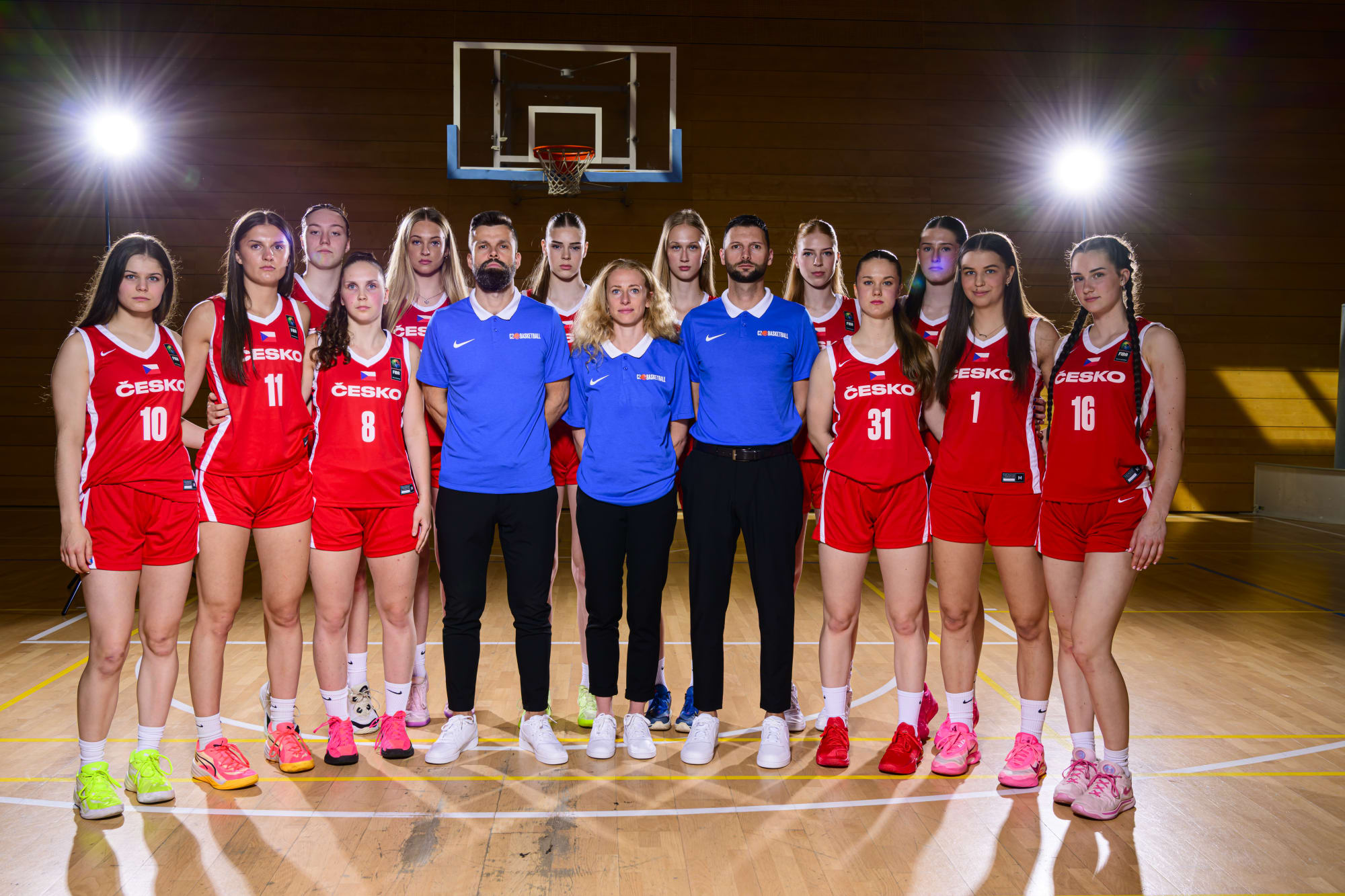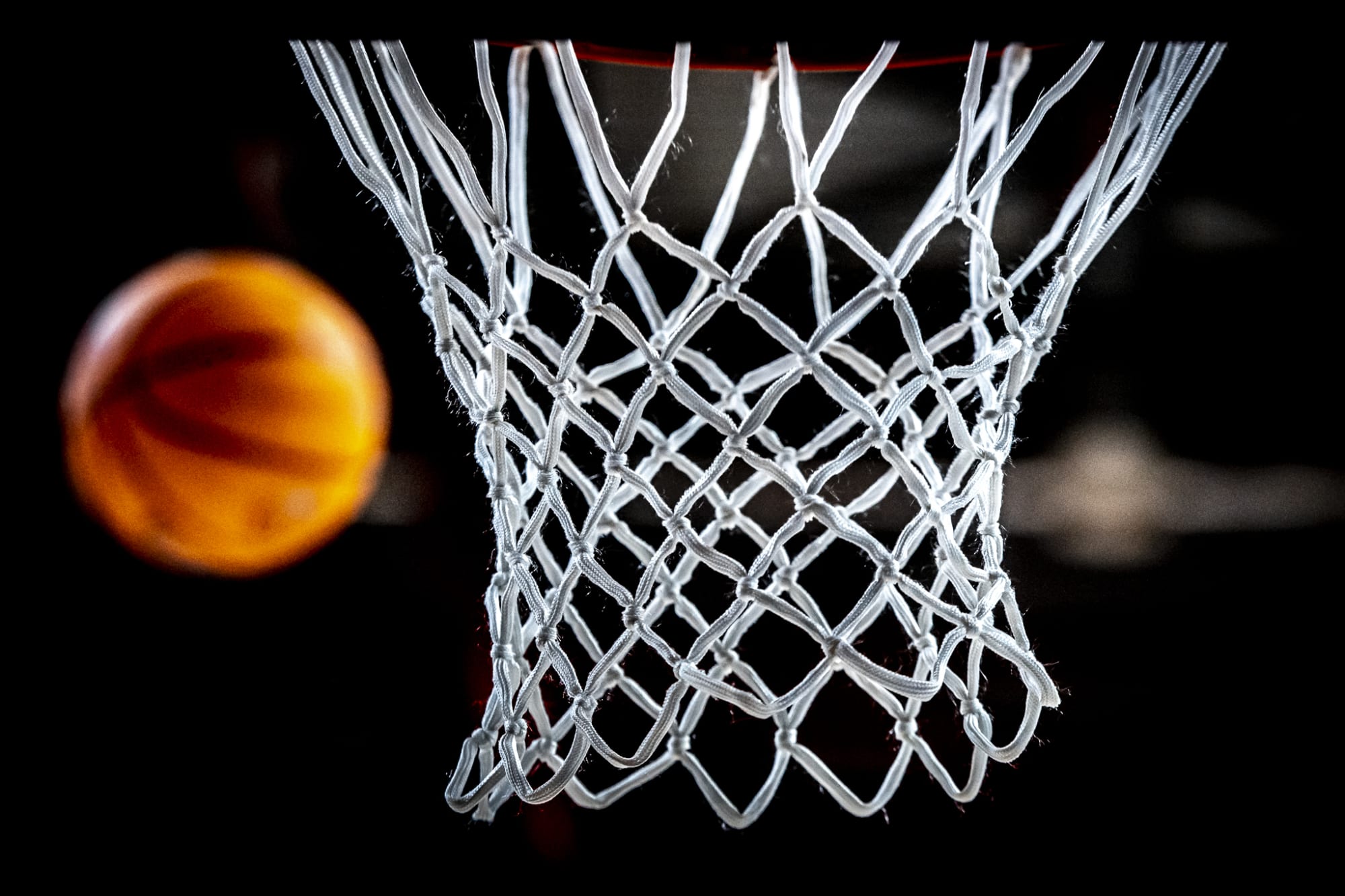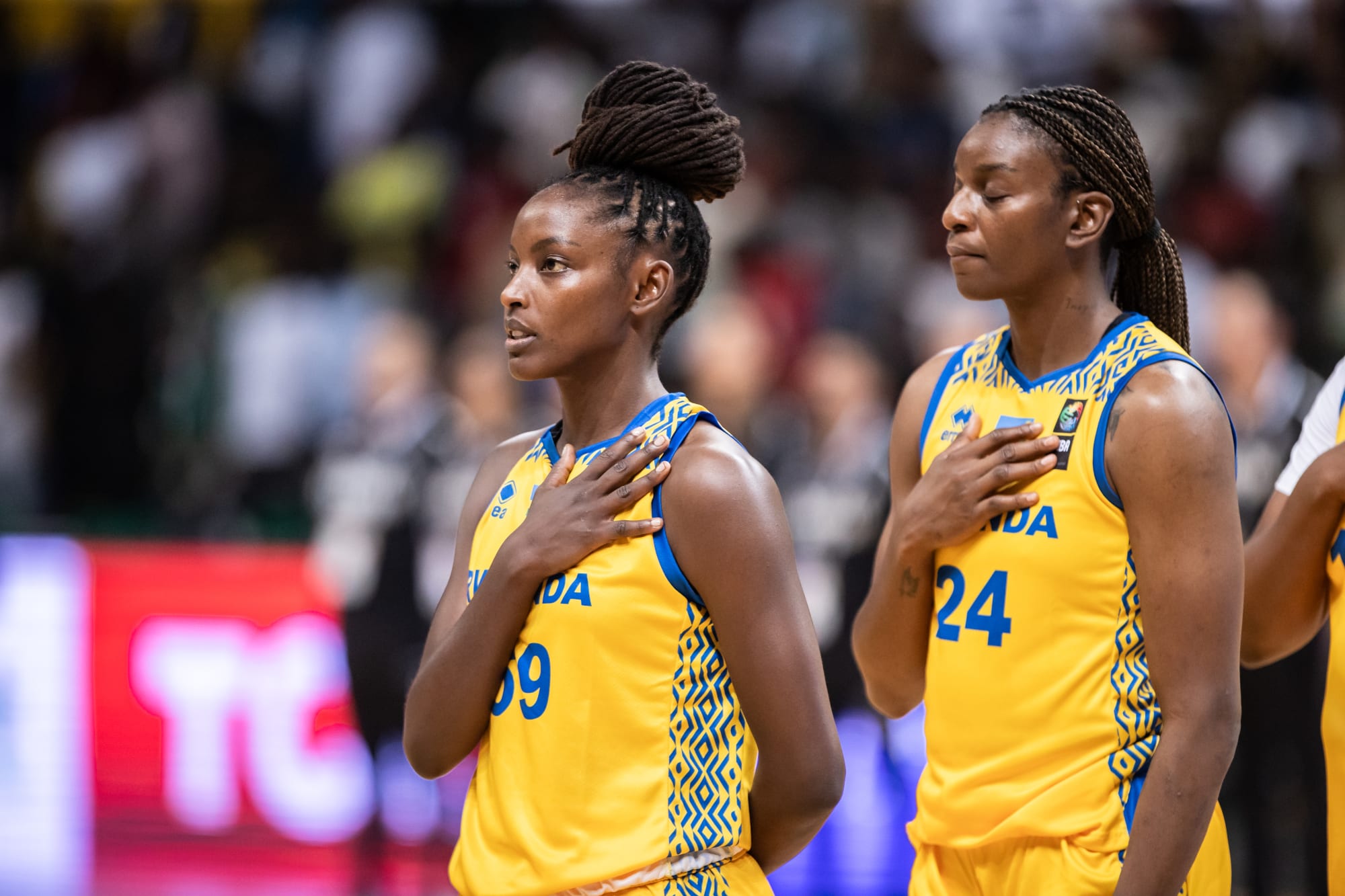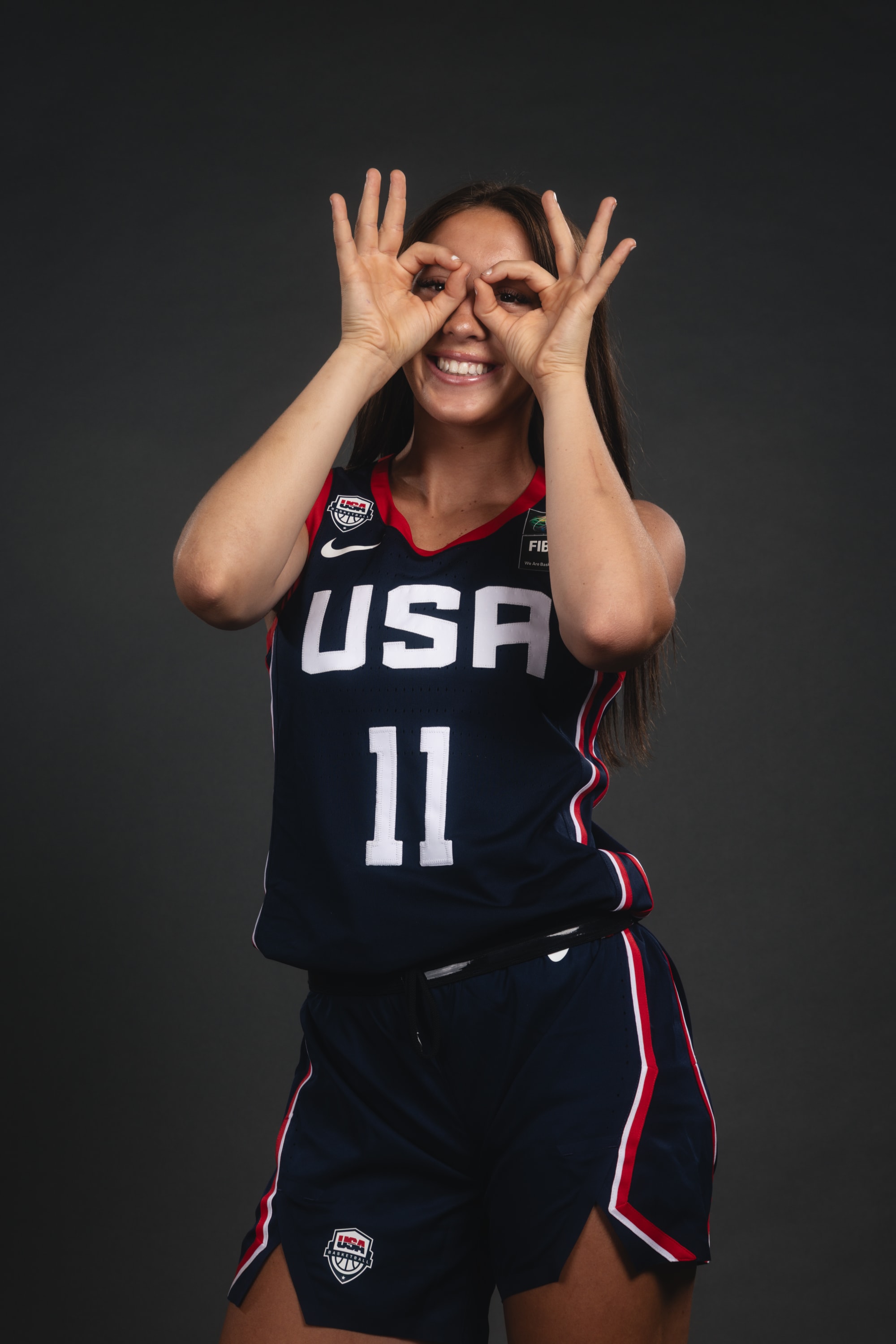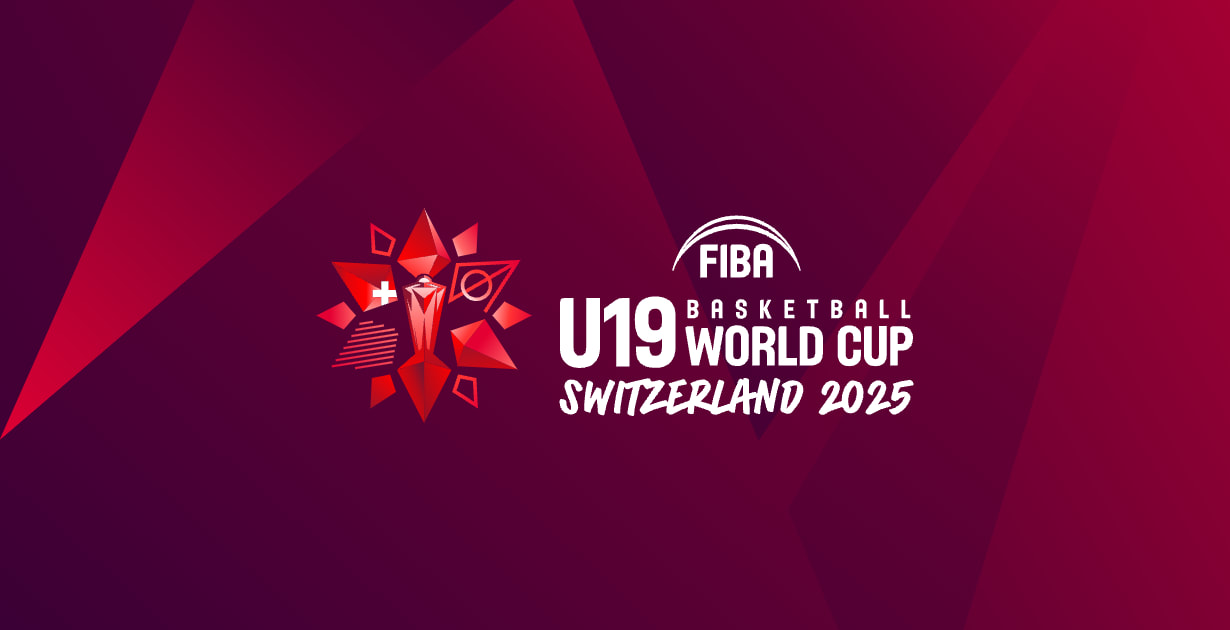Breaking down Australia's Women's Asia Cup opponents
Credit: FIBA
The FIBA Women’s Asia Cup is almost here.
The Opals have been a fixture on the dais at this event, though gold has been elusive. Largely playing without their core of WNBA stars, Australia has placed third at the last three iterations of the event, with Japan (2019, 2021) and China (2023) being crowned champions.
The tournament is an important event for the team, firstly as a step towards next September’s World Cup, hosted by Germany – the top six teams here progress to a qualifying event in March 2026. It’s also a valuable opportunity for the available players to make themselves indispensable for the World Cup squad.
Here’s our preview of Australia’s three group opponents.
The Lady Gilas are no strangers to the FIBA Asia Women’s Cup – they’re hosting the next event in 2027 - but will very much be fielding a new-look team at the 2025 tournament as they chase their first-ever World Cup berth.
Jack Animam is the player likely to trouble the Opals the most – at 192cm, she has the size and strength to score down low and get her share of rebounds. She’s also proven a capable rim defender at FIBA level. Animam has been playing in Romania, where she averaged 19.7 points per game for Arad. While she is a formidable inside force, she is susceptible to ‘hack-a-Jack’ tactics, shooting only 39.5% on free throws last season.
Vanessa de Jesus, the team’s naturalised player, didn’t get much burn for Duke last year, averaging 3.1 points per game (she has since transferred to Notre Dame), but she will again be vital for her national team. Her long-range shooting and ability to get to the rim were impressive at the last Asia Cup as a 21-year-old, and she’s continued to build her game since then.
On the downside, the Gilas will be missing plenty of experience, including Afril Bernardino and Janine Pontejos, both of whom were starters during World Cup pre-qualifying games last year. Along with fellow vets Andrea Tongco and Chack Cabinbin, they’re also likely to be absent on military duty. Instead, the Philippines will rely on a youthful group, including 19-year-old Sumayah Sugapong, a point guard at the University of Arizona and the 2025 MVP of the Big West Tournament. Sugapong recently transferred from UC San Diego, seeking a higher level of competition. Kent Pastrana, a 170cm wing, will also make her national team debut after standout performances in domestic university competition.
The team’s most recent FIBA tournament was the World Cup pre-qualifying tournament in Rwanda last August, where they finished with a 0-3 record after a narrow loss to 10th-ranked Brazil (77-74) and then going down to tournament winners Hungary (97-60) and then Senegal (87-62). At that event, shooting was an issue for the team – they ranked seventh out of eight teams for three-point percentage (22.8%) and were also second last in free-throw percentage with 58.6%. More recently, they compiled a 1-4 record at the William Jones Cup, with a win over Thailand the highlight.
Australia also had the Philippines as a group opponent at the 2023 Women’s Asia Cup in Sydney and romped to a dominant 105-34 win, with bigs like Darcee Garbin and Lauren Scherf being particularly impactful. The rebound count was also hugely one-sided, with Australia getting a whopping 40 more boards than their opponents. The Gilas found Australia’s full-court press a massive problem; it completely disrupted their ability to advance the ball easily and get into their actions.
The Lady Gilas know they are facing an uphill battle in Shenzhen but say they’re up for the challenge. “We believe we can contribute well for Gilas, even if we are still young and inexperienced,” Kent Pastrana told media recently.
Roster: TBA
Like the Philippines, Lebanon went backwards in the FIBA rankings last year, but the Cedars will be determined to arrest their slide at this event and solidify their place in Asia’s Division A.
Their best players in recent years have been Trinity Baptiste and Rebecca Akl, with the pair forming an effective pick and roll duo. Baptiste, a former McDonald’s All-American selection and WNBA draftee, has been Lebanon’s star in recent years, but won’t be with the team in Shenzhen.
Instead, the team will rely on Rebecca Akl, a steady presence at point and a seasoned playmaker at international level; at last year’s World Cup qualifying tournament in Rwanda, she ranked fifth in points (14.3) and third in assists (5.7 per game).
They’ve also drafted in Californian-born Jillian Archer as their naturalised player. A 190cm forward who uses her length well to score and protect the rim, she graduated from St.Johns last year and has already developed into a solid pro. She was a top five scorer (18.0 ppg) and placed second in rebounds per game (12.2) in the Greece A1 league last season. She’ll also be familiar to some Australian fans from her stint in the NBL1 West last year, where she averaged 19 points and 11.4 points per game for Willetton Tigers.
The team’s rising star is 20-year-old guard Amar Mansour. She played bit minutes in the last Asia Cup as a teen but has since emerged as an important piece for the Cedars. While her outside shooting is still developing (she shot 26.3% in her first year at Missouri Baptist University), she’s already proven to be a capable facilitator and mid-range scorer and an above average rebounder for a 175cm guard. Also look out for Maygen (Meg) Naassaan, a 19-year-old guard with playmaking skills and quick hands; she’s been a standout for Lebanon’s junior national teams and in the country’s domestic competition.
As with the Lady Gilas, Lebanon also competed in the World Cup pre-qualifying tournament in Rwanda but couldn’t register a win, going down to Argentina 60-49, Great Britain 77-72 and the host nation 80-62. A limited offensive game proved costly for Lebanon at the event; while they had some moments of limiting opponents with their hard-nosed defence, they scored just 61 points per game at the tournament.
At the 2023 Asia Cup, Lebanon couldn’t get a win in the group stage but finished seventh after downing Chinese Taipei in a classification game. While they competed hard, a lack of offensive firepower, particularly three-point shooting (19.4% for the tournament) held them back at times, and they scored the fewest points per game (54.5) of any team.
Expect Lebanon to be locked in and willing to hustle hard for every loose ball against the Opals, but Australia’s greater depth and high-level talent should be enough for a comfortable win.
Roster: Melody Saneh, Zena Elias, Maygen Naassan, Maria Ghaleb, Daniella Fayad, Nour Labban, Tina Rita Raffoul, Rebecca Akl, Jillian Archer, Perla Bou Nasr, Mariam Jomaa, Amar Mansour.
Australia will face a jump in talent level in their final pool game; the matchup with Japan is a formidable challenge. A win against Japan would likely see them top the group and avoid the tournament favourite, China, in the semi-final game. It would also buck the tend of recent results at the Asia Women’s Cup for the Opals, who went down to Japan 91-66 at the 2023 event and lost the 2021 semi-final 67-65 to eventual champions Japan.
While the Akatsuki Japan will again have considerable depth, they will be missing some of their best players. Most notably, dynamic point guard Mai Yamamoto, who was Japan’s standout against the Opals in Sydney in 2023, is out. The team didn’t look the same after injury forced Yamamoto off the court in Paris, and they will miss her creativity and speed.
The squad for this tournament nonetheless features a host of familiar faces: centre Maki Takada, now 35, first represented Japan at this event back in 2009. She remains among the team’s most productive scorers and effective rebounders and will provide steadying leadership. Yuki Miyazawa gives them a highly mobile forward who thrives in transition and is another important cog in this well-oiled machine. They also get back 34-year-old power forward Ramu Tokashiki, who gives them size and veteran know-how; she was MVP of this tournament back in 2015.
The versatile and athletic Stephanie Mawuli is likely coming into her peak years as a player and has extensive experience at national level in both 3x3 and 5x5 formats. Stretch forward Monica Okoye could also be key; she is familiar with many of the Australian team from stints in the WNBL and NBL1 and has had big games against the Opals before, including 20 points and five rebounds at the last Women’s Asia Cup.
At the Paris Olympics last year, Japan came in with high expectations but was unavoidably disappointing, finishing in twelfth place, albeit with their best player missing for part of the campaign. Since then, they’ve started a new chapter, appointing Corey Gaines as coach. He describes his style as “organised chaos” and has vowed to continue the team’s emphasis on pace and space. The early returns have been modest, with the team reportedly looking rusty in a tied friendly warmup against 55th ranked Denmark.
Last Asia Cup, Japan shot easily the most threes of any team (33.8 per game) and connected at a healthy 40.8%. While they moved the ball around with pace, there was nothing scattershot about their attack and they had the lowest turnover rate in the tournament. In their 25-point win over the Opals, they also demonstrated they can be immensely physical when they need to, winning the rebound count and largely negating Australia’s bigs. “It’s international basketball; you get away with being physical, and that’s exactly how they played tonight,” Maddi Rocci told The Pick and Roll in the moments after the loss. If Australia is going to reverse recent Asia Cup form and beat Japan, they’ll need to match them in the physicality stakes.
Roster: Maki Takada, Ramu Tokashiki, Yuki Miyazawa, Mai Kawai, Miwa Kuribayashi, Stephanie Mawuli, Monica Okoye, Norika Konno, Anri Hoshi, Nanako Todo, Minami Yabu, Kokoro Tanaka
Thanks for reading! This post is public so feel free to share it.
You may also like...
Diddy's Legal Troubles & Racketeering Trial

Music mogul Sean 'Diddy' Combs was acquitted of sex trafficking and racketeering charges but convicted on transportation...
Thomas Partey Faces Rape & Sexual Assault Charges

Former Arsenal midfielder Thomas Partey has been formally charged with multiple counts of rape and sexual assault by UK ...
Nigeria Universities Changes Admission Policies

JAMB has clarified its admission policies, rectifying a student's status, reiterating the necessity of its Central Admis...
Ghana's Economic Reforms & Gold Sector Initiatives

Ghana is undertaking a comprehensive economic overhaul with President John Dramani Mahama's 24-Hour Economy and Accelera...
WAFCON 2024 African Women's Football Tournament

The 2024 Women's Africa Cup of Nations opened with thrilling matches, seeing Nigeria's Super Falcons secure a dominant 3...
Emergence & Dynamics of Nigeria's ADC Coalition

A new opposition coalition, led by the African Democratic Congress (ADC), is emerging to challenge President Bola Ahmed ...
Demise of Olubadan of Ibadanland
Oba Owolabi Olakulehin, the 43rd Olubadan of Ibadanland, has died at 90, concluding a life of distinguished service in t...
Death of Nigerian Goalkeeping Legend Peter Rufai

Nigerian football mourns the death of legendary Super Eagles goalkeeper Peter Rufai, who passed away at 61. Known as 'Do...



